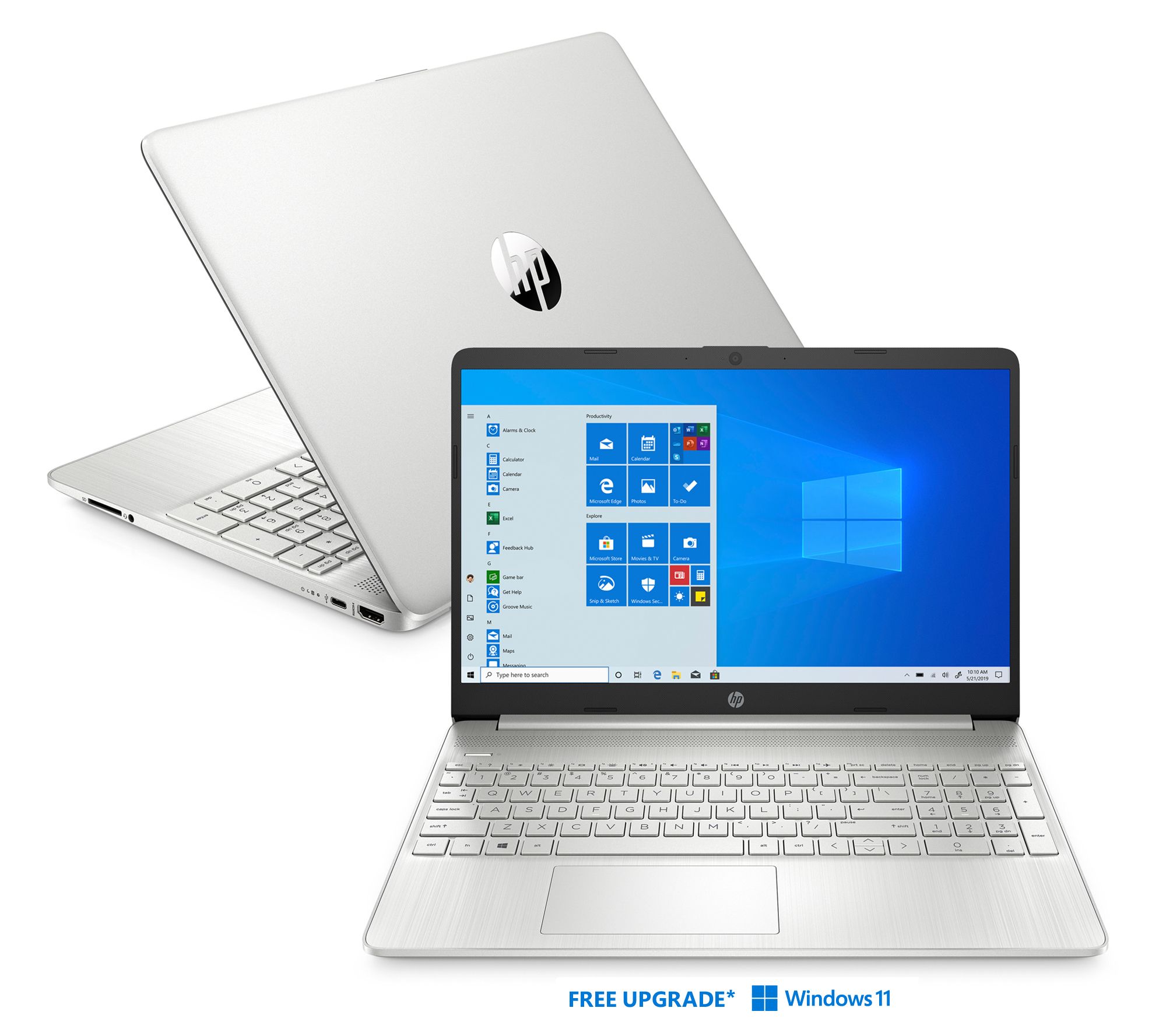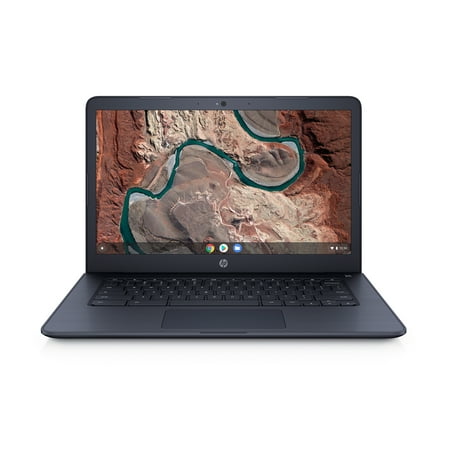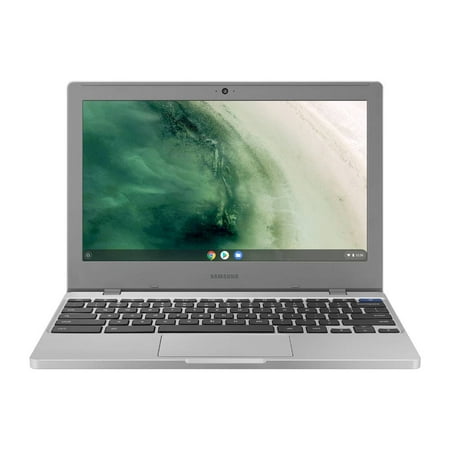HP 15″ Touch Laptop Intel i5 8GB RAM 512GB SSD with Voucher
A new generation has arrived. Bring your computing experiences up to speed with the HP 15-dy2002ds touchscreen laptop.
A new generation has arrived. Bring your computing experiences up to speed with the HP 15-dy2002ds touchscreen laptop. Built to perform for today, tomorrow, and the foreseeable future, this beast boasts big features like an 11th-generation Intel i5 processor (new as of 2020), a 512GB solid-state drive (a fast file-storing system), and Wi-Fi 6 (faster, smoother, and more efficient Internet connection).
But don’t get overwhelmed by all the blazing-fast upgrades this laptop brings to your setup, it still operates in a way that feels familiar. Windows 10, an HD TrueVision webcam, and a touchscreen display, that just makes projects simpler — are all features that will continue to come naturally as you ditch your old computer and step into the future. From HP.
- Includes HP 15-dy2002ds touchscreen laptop with power adapter; and voucher
- Windows 10 Home operating system
- 11th-generation Intel i5-1135G7 quad-core processor with 8MB L3 cache, up to 4.2GHz with Intel Turbo Boost Technology
- 15.6″ diagonal BrightView LED-backlit touch display with 1366×768 resolution
- 8GB DDR4-2666 SDRAM
- 512GB PCIe NVMe solid-state drive
- Intel Wi-Fi 6 AX201
- Bluetooth 5.0 wireless technology
- Intel Iris X graphics
- HD audio with stereo speakers
- HP TrueVision HD camera with integrated dual-array digital microphone
- Full-size backlit keyboard with numeric keypad
- HP Imagepad with multi-touch gesture support
- 3-cell lithium-ion battery
- SD, SDHC, SDXC memory card slot
- USB-C port
- Two USB-A ports
- HDMI port
- Headphone/microphone jack
- Measures approximately 14.11″W x 9.53″D x 0.71″H; weighs 3.75 lbs
- UL listed; 1-year Limited Manufacturer’s Warranty
- Imported






Reviews
There are no reviews yet.